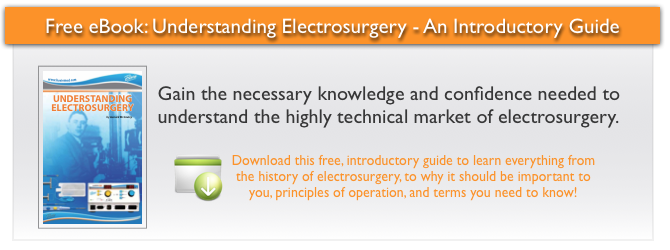 Over the last two decades, incidents of non-melanoma skin cancer have been on a dramatic rise around the world. Non-melanoma skin cancers (NMSC) typically come in two types: basal cell carcinoma (BCC) and squamous cell carcinoma (SCC). While rarely life-threatening, if not properly treated, they represent a threat to disfigure an individual, or they can cause itching, pain or numbness as they spread along nerve tissue.
Over the last two decades, incidents of non-melanoma skin cancer have been on a dramatic rise around the world. Non-melanoma skin cancers (NMSC) typically come in two types: basal cell carcinoma (BCC) and squamous cell carcinoma (SCC). While rarely life-threatening, if not properly treated, they represent a threat to disfigure an individual, or they can cause itching, pain or numbness as they spread along nerve tissue.
Recognizing Non-Melanoma Skin Cancer
Either BCC or SCC afflicted individuals may notice:
-
Wart-like growths
-
An open sore that bleeds or oozes for several weeks
-
Pink, red or translucent bumps
-
Scaly red patches that bleed easily
-
Elevated growth that is indented in middle
In 1994, the Journal of American Academy of Dermatology estimated that almost one million individuals in the United States reported suffering from NMSCs. By 2010, Archives of Dermatology reported a 300% increase, driving NMSC to epidemic levels. Just two years later, in 2012, NMSCs afflicted over 5 million people in this country alone, topping the number of reported cases of breast, prostate and lung cancer combined. While NMSCs by themselves do not represent a direct risk to someone's health, they double the risk level for affected individuals of other cancers like lung, colon and breast cancer.
What's to Blame for Rise
There are a number of factors that researchers have been able to recognize that have contributed to the huge rise. Chief among them is the fact that people are taking part in more outdoor activities, whether at work or at play. Indeed, early detection of such cancers and their link to more serious forms of cancer have also earned NMSC more notoriety, meaning many cases that heretofore went unreported are now being recorded.
Older Americans 65 and over find themselves especially at risk of NMSC. So, with the growth of their numbers, so too has the increased number of NMSC cases been reported. Those over 65 are especially hard hit. An estimated 40 to 50 percent of those people will suffer from NMSC during their lifetime.
Effectively Treating NMSCs
How does the medical profession plan to fight the NMSC onslaught? Early detection. Implementing simple skin screening into your family practice can help combat the onslaught of NMSC. Two of the effective tools for treatment include the Bovie Medical Freezpoint™ cryosurgery device, and the Derm 101 and 102 high-frequency desiccators.
The Freezpoint™ is a new innovation from Bovie Medical. It is capable of reaching such low temperatures as -89 degrees Celsius, almost 62 percent colder than some comparable device. It also features a super-slim tip, which allows for it to be deployed right at the affected tissue. Damage to healthy surrounding tissue is negated, and its use of nitrous oxide means it is safe for both patient and doctor.
Derm 101 and 102 are high-frequency desiccators that allow outpatient treatment of NMSCs, as well as skin tags, benign lesions, and pre-malignant lesions. Powered by just 10 watts, the Derm 101 and 102 represent economical yet effective treatment for NMSCs.
As the incidence of NMSCs continues to rise, Family Practice clinics may be looking for economical and effective treatments to deal with this epidemic. The Freezpoint™ and Derm 101 and 102 from Bovie Medical should be considered as prime options in this regard.
Image courtesy via: Stuart Miles/freedigitalphotos.net




